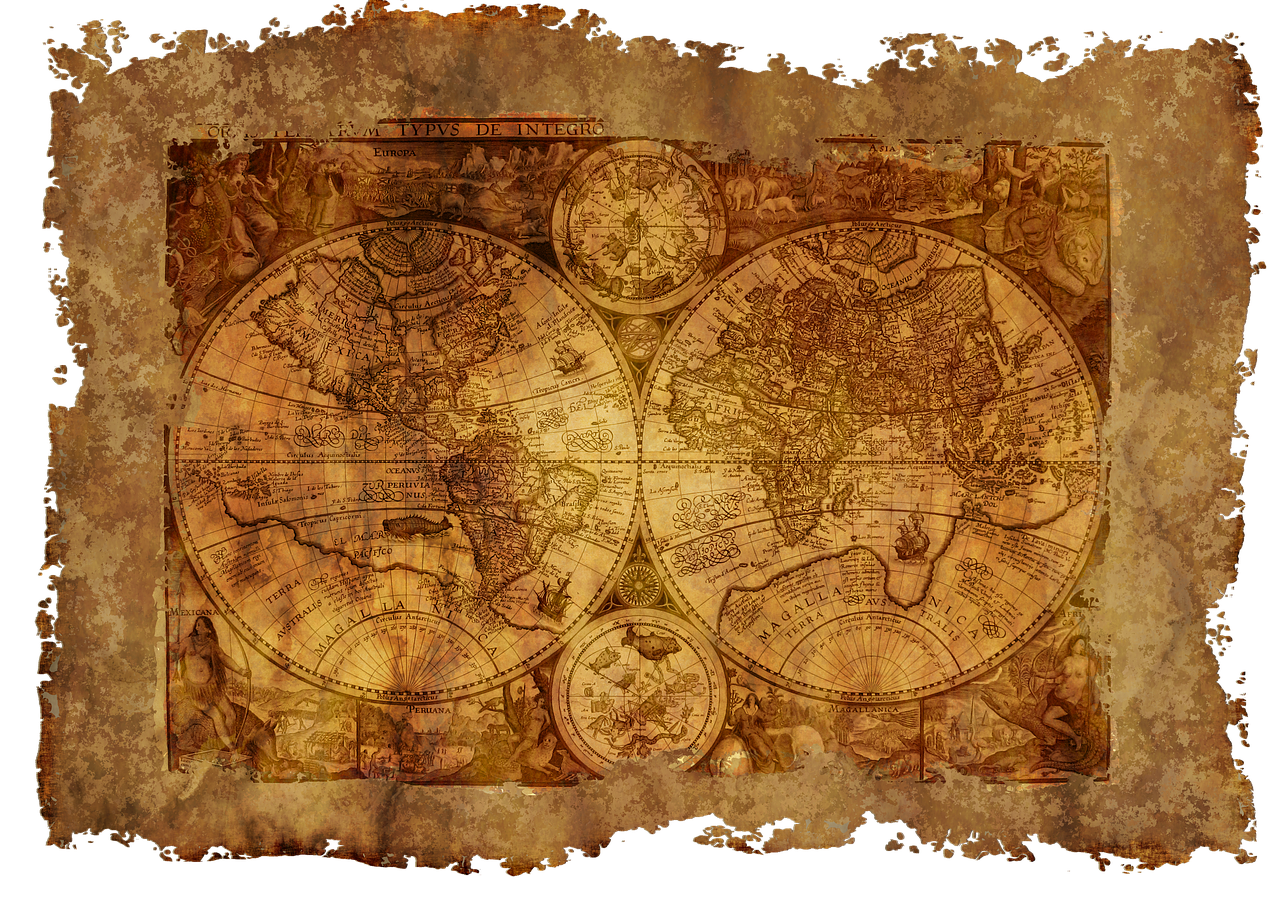The invention of paper and the history of its production
How many times a day do we use paper, not only for writing, but for a thousand other reasons? Let’s discover together when it was invented and how it spread.
Paper has been the main medium for spreading knowledge for many centuries. Even today, although challenged by electronic media, it is indispensable for printing books and newspapers. Furthermore, it has many other functions: among many other things, it is used for packaging, cleaning, and decorations. But when and by whom was it invented? Paper was first created in China in the 2nd century BC and was brought to Europe by the Arabs around the 11th century AD. However, industrial production, which allowed its widespread use, only began in the nineteenth century.
Writing before paper
The first materials used for writing, not considering stone engravings and cave paintings, were clay tablets, introduced in Mesopotamia around 4000 BC. However, they were soon replaced by a material invented in nearby Egypt: the scroll of papyrus, which was the most widespread writing medium throughout the ancient era. Its importance is evidenced by the fact that in many languages the name for paper derives from the word papyrus (English paper, French papier, Spanish papel, etc., while the Italian word “carta” derives from the Latin charta, which indicated a single sheet).
The production of papyrus took place almost exclusively in Egypt, because the plant from which it derives grows mainly in the Nile Delta. In the 2nd century BC, the Egyptians halted exports, and to cope with the shortage of material, in the city of Pergamon, in Asia Minor (modern-day Turkey), a new medium was invented, composed of depilated animal skin dried under tension: parchment, which took its name from the city where it was invented.
Originally parchment was little used because papyrus was much less expensive, but in the Middle Ages, it became the primary material for writing. Much of the ancient works, although originally written on papyrus, have come down to us on parchments copied in the Middle Ages.
The birth of paper in China
While in the Middle East and Europe they used papyrus and parchment, paper already existed in other parts of the world. It was invented in China in the 2nd century BC and was made by macerating and subsequently drying fibers from rags or certain plants (bamboo, mulberry, hemp). The oldest finding of paper is a piece of a map discovered at the archaeological site of Fangmatan, in central China, dating back to 179 BC.
The invention of paper is traditionally attributed to a eunuch, Tsai Lun, who is said to have invented it around 105 BC. However, we do not know exactly what his role was, since the material existed before him. What is certain is that for many centuries paper was used exclusively in China and played an important role in the development and spread of Chinese culture. Its use, however, was limited to the wealthier and more educated social classes of the population, and production techniques were kept secret.
The arrival of paper in Europe from China
Secrets, however, are destined to be revealed, especially when commercial and cultural contacts are established between peoples. Paper arrived around 600 AD in Japan and less than two centuries later in the Middle East. According to tradition, the Arabs discovered it in the year 751 after the Battle of Talas, in which they captured numerous Chinese prisoners. Among them were two paper manufacturers who began to produce it in the city of Samarkand (in present-day Uzbekistan). It is impossible to say how reliable this story is, but it is certain that in the 8th century, paper was actually used in Central Asia.
In the centuries that followed, the Arabs spread its use in Europe, importing it into the Iberian Peninsula, which was largely dominated by them. The first European “piece of paper” dates back to 1056 and was found in the city of Xàtiva, near Valencia. A few years later, the first paper mills were established in Spain, and local production began. From the Iberian Peninsula, production spread to other European territories, such as Italy. During the 1200s, paper mills were established in Amalfi, Fabriano, and Treviso.
In Europe, paper was produced only from rags. Furthermore, it “coexisted” with parchment and definitively gained the upper hand only in the 15th-16th centuries, thanks to an invention dating back to the mid-1400s: printing.
The “marriage” of paper and printing allowed for the production of books similar to those we use today. Since then, paper has become the main medium for the circulation of knowledge. Moreover, just over a century after books, newspapers began to be printed, the origins of which date back to the early 1600s.
Industrial production
Until the Industrial Revolution (late 1700s – early 1800s), paper was an expensive and rather rare material. In the 19th century, however, a mechanical system based on the steam engine was introduced, which made it possible to manufacture paper using wood pulp instead of rags. Two inventors, the German Friedrich Keller and the Canadian Charles Fenerty, achieved the result in the same period, between the 1830s and 1840s, independently of each other. The innovation made paper much cheaper and more widely available.
Moreover, the invention was associated with a more general progress in writing methods: during the same period, the fountain pen and steam presses for printing were invented, making book and newspaper production cheaper and facilitating the spread of knowledge. Only a minority of citizens were able to read and write, but gradually, thanks also to paper, literacy spread to broader segments of the population, at least in Western countries. It was an essential prerequisite for the population’s participation in public life and the emergence of mass society, which would definitively establish itself in the 20th century.
Paper production today
The manufacturing system invented in the 19th century is essentially still in use today, although improvements have been introduced over the years that have made paper more durable and better bleached.
Industrial production has allowed for a huge diffusion of paper, which today is used not only as a writing medium but also for many other purposes: packaging, cleaning, construction, decorations, etc. Some of these uses have been attested for many centuries, especially in China, but in the past, they were less widespread.
For some years now, however, the role of paper as a tool for the circulation of knowledge has been undermined by electronic media, due to the enormous spread of the internet. One of the most evident proofs of this phenomenon is the decrease in the circulation of printed newspapers, in favor of those published online. In the United States, for example, between 2005 and 2020, approximately 2,200 newspapers ceased publication. The use of paper in offices has also decreased due to the increasingly frequent drafting of documents on electronic media.
However, paper is still fundamental for the circulation of knowledge and for its other uses. Consider that on average, 300 million tons of it are produced each year. Equally important, on the other hand, is paper recycling, to avoid excessive consumption of resources.
Originally posted 2024-04-11 11:31:39.




